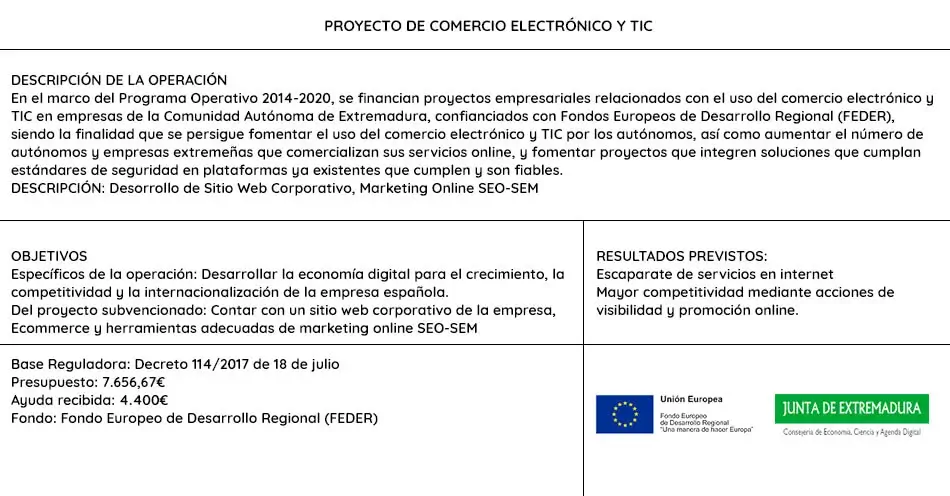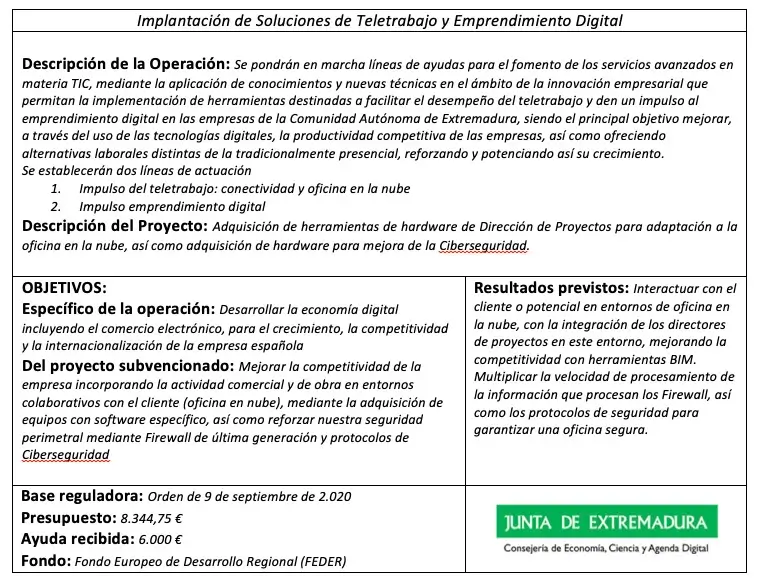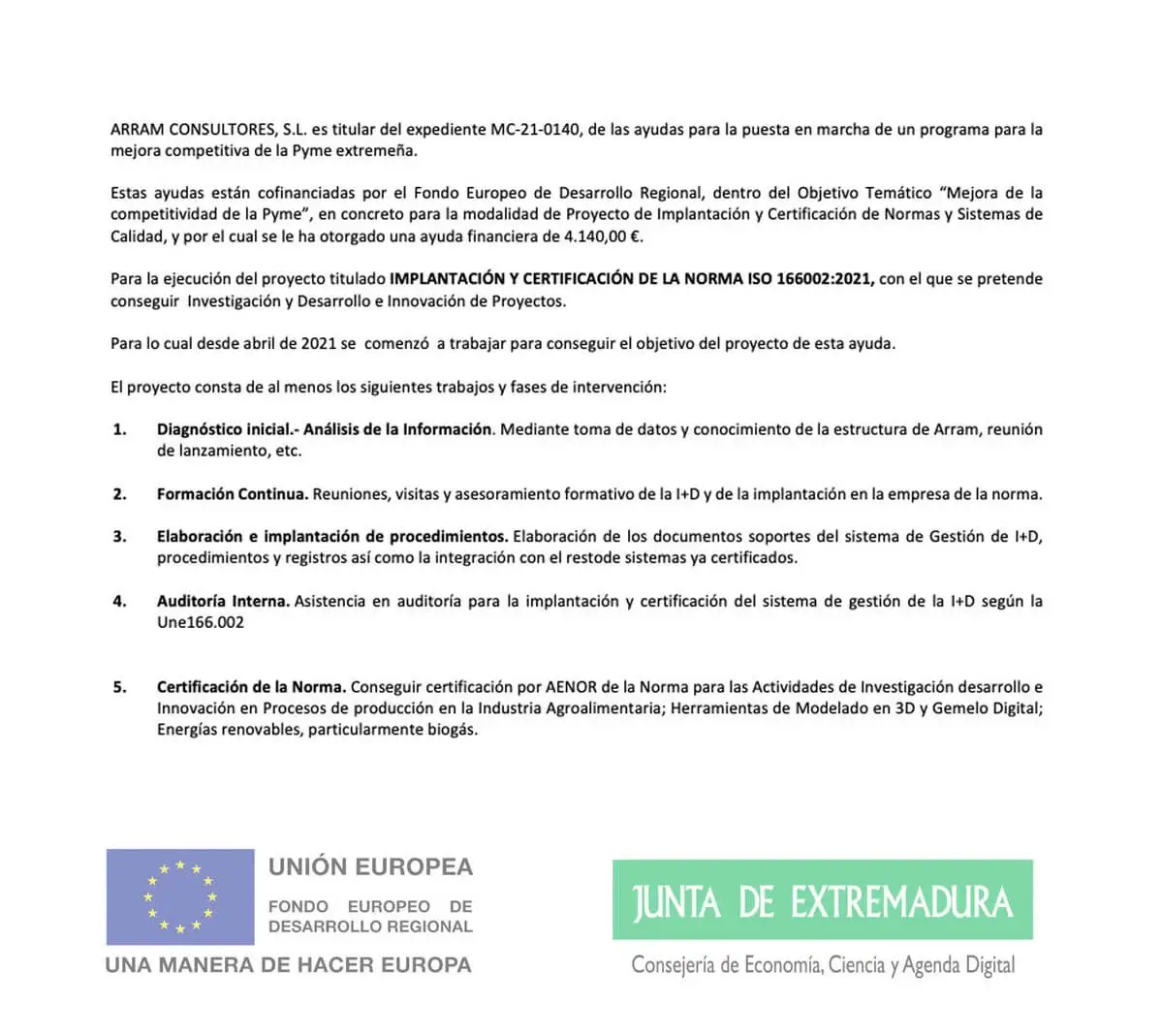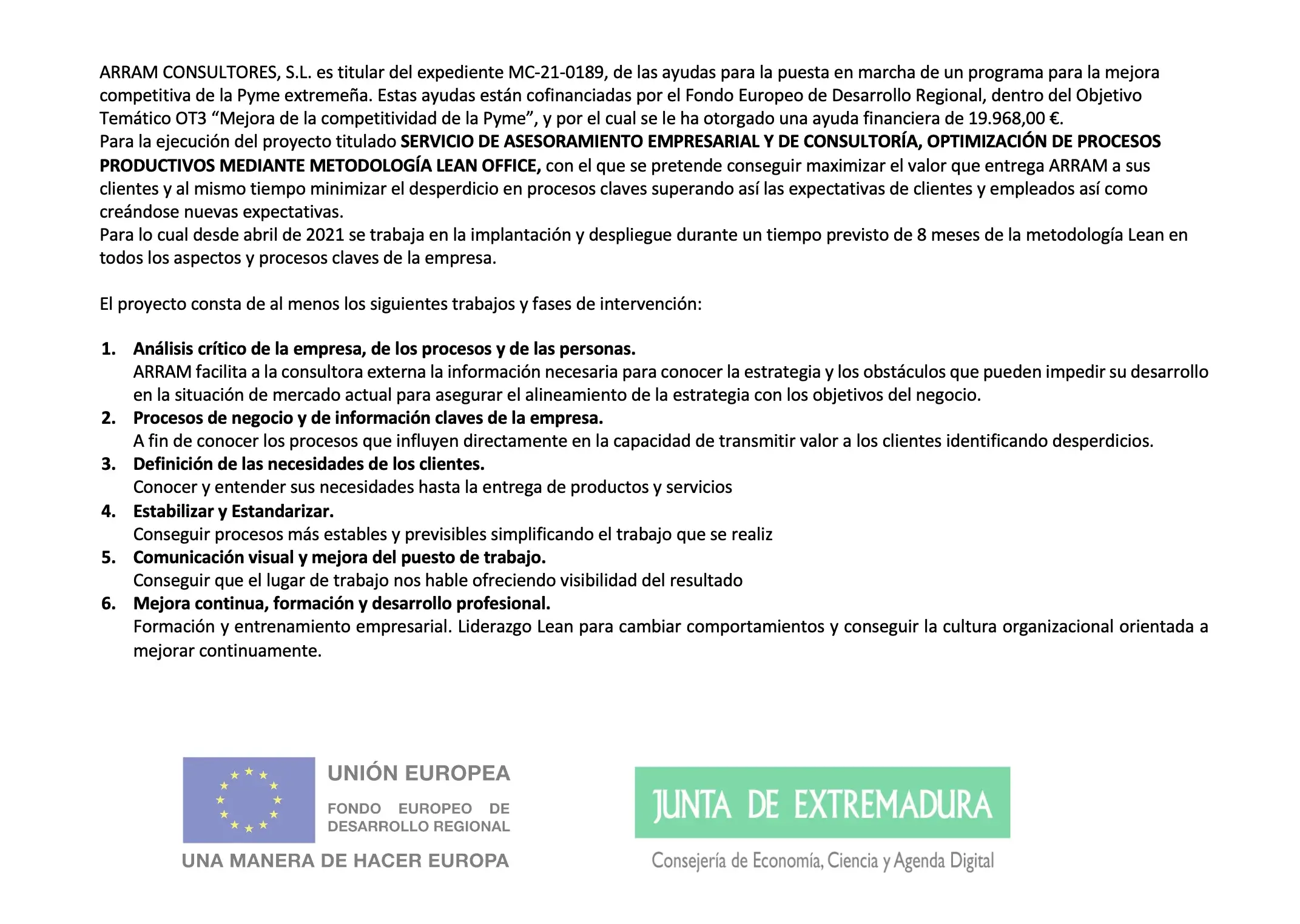We have been talking about automation and digitalisation for many years. Do you consider the level of implementation in the food industry to be high?
The answer is no. There is still so much to be done! Nowadays, we are still surprised by the low level of automation and digitalisation in such a high percentage of agri-food industries. Automation and digitalisation are key to improving operational efficiency, as they allow us to optimise production processes, reducing costs. Additionally, they improve product traceability, increasing food safety. Thirdly, they enhance food quality, thanks to the possibility of monitoring the entire production process, detecting and correcting errors in real-time. Through investing in automation and digitalisation, companies can streamline their processes and remain competitive in a constantly evolving market. In a world where technology advances by leaps and bounds, agri-food industries need to be more efficient in their production processes to stay competitive in an increasingly global market.
What exactly do automation and digitalisation offer to the agri-food industry today?
Automation and digitalisation are not just about including robotics in our industrial processes, as is still commonly thought in many cases we have encountered. When we talk about AUTOMATION, we are referring to:
- Control systems: Design and programming of control systems.
- Production line automation: Process improvement studies, solutions for synchronising/flowing products in line, and facility control.
- Handling systems and end of line: Palletising systems, handling applications, and transformation line improvements.
The integration of production management systems (MES/MOM) in real-time allows us to monitor, plan, coordinate, and schedule all the factory processes (purchasing, production, quality, maintenance, logistics, etc.).
It is also necessary to achieve greater control over the process, including the reduction or elimination of manual tasks that cause failures affecting the entire plant. Thanks to automation, we can reduce concerns and risks to focus on more important and priority matters.
If we talk about DIGITALISATION, I see it as a step towards Industry 4.0 and IIoT. From using Digital Twins to eliminate uncertainty in decision-making to developing applications that enable efficient management of our production process, OEE indicators, dashboards, traceability, SCADAs, etc.
Thanks to the digitalisation of processes, we gain greater control over data, which will allow us to improve the reliability of analytics, connecting all equipment so that it operates efficiently in a more coordinated manner with much more autonomy, thereby reducing avoidable errors, time losses, raw material waste...
Digitalisation provides us with a greater level of knowledge and control over our activity. Extracting and accessing data that helps us make better-informed decisions will help us understand key aspects of our activity, such as knowing which lines are more or less profitable, where the biggest losses are…
You mention the use of Digital Twins. What exactly does this tool offer??
I understand the Digital Twin as an Evaluation Tool, whether for the design and sizing of new industries or for the expansion and improvement of existing industries. The digital twin is a virtual representation of a real model, in which facilities, machinery, operators, operating rules, and parameters are replicated. This replica allows it to respond to events in the same way as the real model would. This approach makes it possible to test different solutions at a lower cost and risk, analyse production values and parameters analytically, and size non-established parameters, all of which reduce uncertainty in plant analysis compared to traditional methods.
To make it easy to understand, let’s provide a recent real-life example of the design of a meat-processing plant. The plant in question is a ham salting chamber. Each week, a batch of hams and shoulders already hung on hooks arrives, grouped by weight range. These hams are stored in boxes with layers of salt and left to rest for a variable number of days, according to their specific parameters. The size of the warehouse is determined by the number of boxes. Once their storage time is complete, the hams are removed and the salt is extracted.
The aim of this work was to determine the reliability of the theoretical calculation of the installation as a preliminary step to the physical execution of the proposed solutions. Sizing the salting chamber for a certain level of production is complex, mainly due to two factors:
- -Ham distribution: Although the number of pieces is constant, their weights vary, which affects the weekly grouping and, consequently, the number of hooks and boxes required.
- -Storage time: The variability in ham weights influences how many days each box remains in the warehouse, adding complexity to the calculation.
As an alternative to statistical-based mathematical calculations, we opted for model simulation. This process emulates the arrival of the hams, their grouping on hooks, the selection of a box for storage, and the tracking of resting time until the salt is removed. The number of pieces received weekly is a variable input.
In conclusion, the digital twin has allowed us to determine the real production capacity of the proposed installation and, consequently, redesign it with the data obtained, eliminating uncertainty in decision-making.
This specific example involved the design of a new plant. As I mentioned earlier, it is also a very powerful tool for analysing bottlenecks in existing plants, simulating different scenarios to test different working hypotheses.
What concerns do you identify in the agri-food industrial sector regarding digitalisation?
Without a doubt, cybersecurity is or should be the main concern arising from the necessary digitalisation of processes. The interconnection between IT/OT environments (IT _ Information Technology: “The offices.” OT _ Operational Technology: “The line.”) is inevitable, as is exposing OT to the risks this entails, as this connection allows the valuable information generated in the process to be managed in a global environment, enabling more efficient management and better decision-making. If we don't do it, our competitors will... and the rest is history.
While IT has traditionally been a hostile environment from a cybersecurity standpoint, and therefore its entire ecosystem has been developed under that principle, OT has been a safe environment, and for that reason, neither protocols nor control systems have been developed to present any resistance to this new scenario.
For the reasons mentioned above, cybersecurity must be present in our decision-making from the very beginning, due to the high costs associated with suffering a problem in this area.
What do you offer as a company specialising in the automation and digitalisation of the agri-food industry?
Through our automation division, ARRAM Group, in strategic alliance with DEUSER, offers solutions for control, efficiency, and innovation in production processes. Thanks to digitalisation and Industry 4.0, we transform data into decisions. With our process industrialisation consultancy, we help build the factory of the future.




